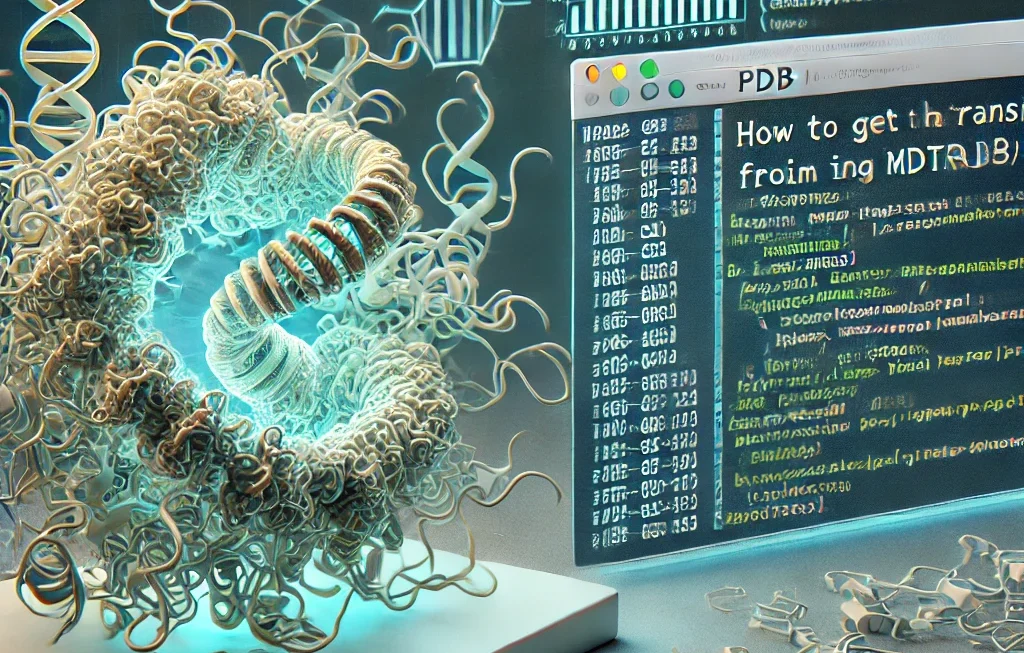Converting units like micromol/l to mg/dl is essential in scientific and medical fields. These units measure concentrations in solutions, often used in lab reports, clinical diagnostics, and research studies. Understanding the conversion is critical for accuracy, whether you’re interpreting lab results, preparing chemical solutions, or analyzing medical data.
In this article, you’ll discover a comprehensive guide to converting micromol/l to mg/dl. We’ll dive into the science behind these units, the formulas for conversion, practical examples, and their importance in healthcare, biochemistry, and beyond. By the end, you’ll have a detailed understanding of the topic, making you confident in applying the knowledge wherever required.
Understanding Micromol/l and Mg/dl
What is Micromol/l?
Micromol/l (micromoles per liter) is a unit of concentration commonly used in chemistry and biochemistry. It measures the number of micromoles (µmol) of a substance dissolved in one liter of solution. A micromole equals one-millionth of a mole, making this unit ideal for small concentrations.
For example:
- A blood sample with a urea concentration of 8 micromol/l contains 8 micromoles of urea in every liter of blood.
What is Mg/dl?
Mg/dl (milligrams per deciliter) is another unit of concentration. It represents the amount of a substance in milligrams within 100 milliliters of solution. Widely used in medicine and laboratory science, this unit is common in blood test reports for glucose, cholesterol, and more.
For instance:
- A glucose level of 90 mg/dl means 90 milligrams of glucose are present in every deciliter of blood.
Why Convert Micromol/l to Mg/dl?
The need for converting micromol/l to mg/dl arises because:
- Medical Reports: Many lab results use different units depending on regional standards or specific tests. Conversion ensures uniform understanding.
- Global Standardization: Various countries or institutions follow different measurement systems. Conversion bridges these gaps.
- Error Prevention: Incorrect interpretation of units can lead to medical or experimental errors.
The Formula for Conversion
Key Components
To convert micromol/l to mg/dl, you need:
- The molecular weight (MW) of the substance.
- The conversion factor between liters and deciliters.
The basic formula is:Mg/dl=(Micromol/l×Molecular Weight)÷10\text{Mg/dl} = \left( \text{Micromol/l} \times \text{Molecular Weight} \right) \div 10Mg/dl=(Micromol/l×Molecular Weight)÷10
Breaking Down the Formula
- Multiply micromol/l by the molecular weight of the substance to find the concentration in milligrams per liter.
- Divide the result by 10 to convert from milligrams per liter (mg/l) to milligrams per deciliter (mg/dl).
Practical Examples of Conversion
Example 1: Urea Conversion
Urea has a molecular weight of 60 g/mol. To convert 12 micromol/l of urea to mg/dl:Mg/dl=(12×60)÷10=72÷10=7.2 mg/dl\text{Mg/dl} = \left( 12 \times 60 \right) \div 10 = 72 \div 10 = 7.2 \, \text{mg/dl}Mg/dl=(12×60)÷10=72÷10=7.2mg/dl
Example 2: Glucose Conversion
Glucose has a molecular weight of 180 g/mol. For 5 micromol/l:Mg/dl=(5×180)÷10=900÷10=90 mg/dl\text{Mg/dl} = \left( 5 \times 180 \right) \div 10 = 900 \div 10 = 90 \, \text{mg/dl}Mg/dl=(5×180)÷10=900÷10=90mg/dl
Applications of Micromol/l to Mg/dl Conversion
Healthcare and Diagnostics
- Blood Tests: Common tests for cholesterol, urea, and creatinine require unit conversions for accurate interpretation.
- Drug Dosages: Physicians often use converted values to prescribe precise medication dosages.
Biochemistry and Research
- Solution Preparation: Converting units ensures consistency in experiment protocols.
- Molecular Studies: Micromol/l is often used for small-scale analyses, while mg/dl provides practical reporting metrics.
Challenges in Conversion
Despite its importance, converting micromol/l to mg/dl can pose challenges, including:
- Molecular Weight Variations: The molecular weight of different compounds affects results significantly.
- Human Error: Manual calculations can introduce mistakes, emphasizing the need for digital tools or calculators.
- Complex Compounds: For substances with multiple components, determining molecular weight accurately becomes tricky.
How to Simplify the Process
To make conversions easier:
- Use Online Calculators: Many websites offer unit conversion tools for micromol/l to mg/dl.
- Leverage Software: Spreadsheet tools like Microsoft Excel allow you to automate calculations using formulas.
- Reference Molecular Weights: Keep a reference table of molecular weights for commonly used substances.
FAQs
How do I find the molecular weight of a substance?
The molecular weight can be calculated by adding the atomic weights of each atom in the compound, available in periodic tables.
Is the conversion formula universal?
Yes, but the molecular weight varies for different substances, affecting the results.
Why does dividing by 10 work in the formula?
Dividing by 10 adjusts the unit from milligrams per liter (mg/l) to milligrams per deciliter (mg/dl), as 1 liter = 10 deciliters.
Can I convert mg/dl back to micromol/l?
Yes, by rearranging the formula:Micromol/l=(Mg/dl×10)÷Molecular Weight\text{Micromol/l} = \left( \text{Mg/dl} \times 10 \right) \div \text{Molecular Weight}Micromol/l=(Mg/dl×10)÷Molecular Weight
What if I don’t know the molecular weight?
You can look up the molecular weight in a scientific database or consult a professional reference.
Are micromol/l and mmol/l the same?
No, 1 mmol/l equals 1000 micromol/l. The prefix “micro” indicates a factor of one-millionth.
Conclusion
Understanding the conversion from micromol/l to mg/dl is crucial in science and healthcare. With accurate formulas and a clear understanding of molecular weights, you can seamlessly interpret and apply these measurements. Whether you’re analyzing blood test results or conducting research, mastering this conversion ensures precision and reliability.




